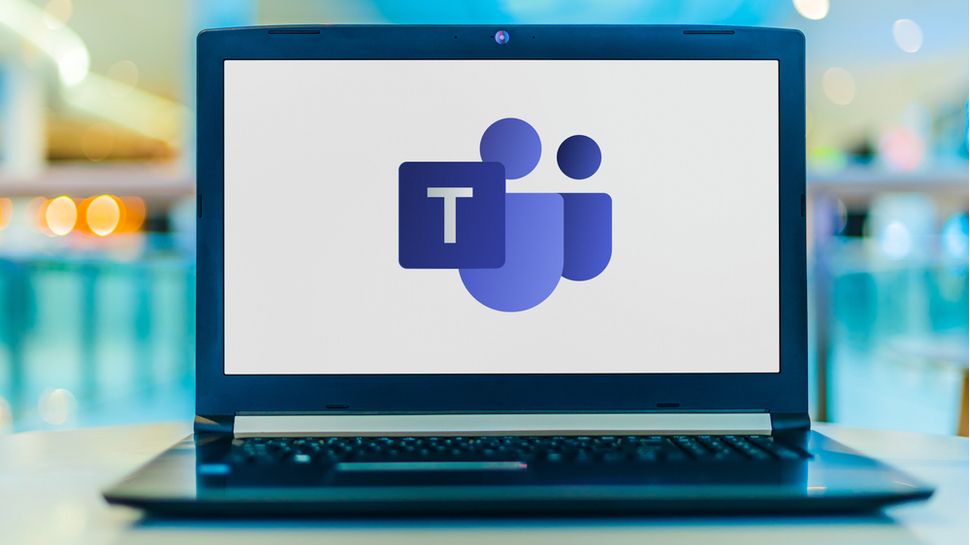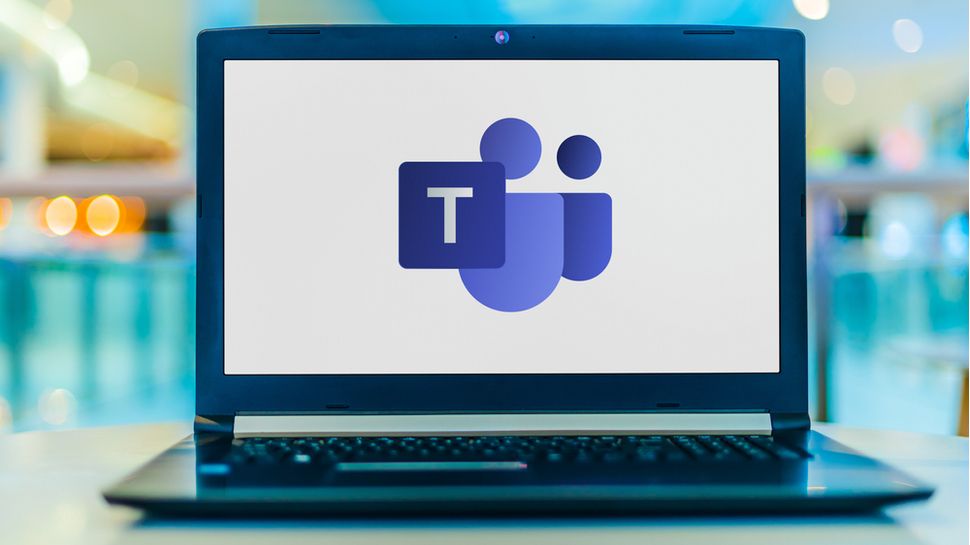
Microsoft is preparing a new security feature for its collaboration software Teams that will keep you more informed about just who’s trying to contact you.
The latest addition (opens in new tab) to the Microsoft 365 product roadmap explains that Microsoft Teams users will soon be “prompted with the option to acknowledge or leave the group chat” when they get an invitation from outside their organization. The change is due to take effect at some point next month.
Although the roadmap entry offers up few details, it highlights an unnecessary gap in the security armor, which could be abused by cybercriminals to gain access to sensitive data.
Microsoft Teams chats
Microsoft Teams has let users have group chats and calls outside your organization and with personal users for some time now, but it’s never been very good at notifying them about where an invite has come from.
This is a common problem. Those part of busy organizations might not recognize a name simply because of the size of their workplace, and may assume that a stranger is in fact a work colleague.
Up until now, the biggest security measure Microsoft has put in place to protect Teams users from this particular issue is requiring external access capabilities to be enabled. This means that the ability to be contacted by all Teams users, regardless of organization, is at the discretion of the leader of the user’s organization.
While the ongoing shift to remote working makes this an extremely useful feature, allowing organizations across the world to collaborate seamlessly online, the new update will be of relief to members of larger organizations, as well as any worker conscious about their online security.
Teams has seen its fair share of security issues within the last year. While Microsoft has a reputation for quickly patching these problems once they’re disclosed, and has even gone as far as enabling end-to-end encryption on one-to-one calls, it might seem a little surprising that a simple heads-up feature has taken this long to implement.
Bugs in a piece of software are inevitable, but when they expose users’ files and information, it’s easy to see how Teams’ external access features might be misused.
While the upcoming update still depends on some vigilance on the part of the user, it will undoubtedly protect many discerning users from cyberattacks at work.
